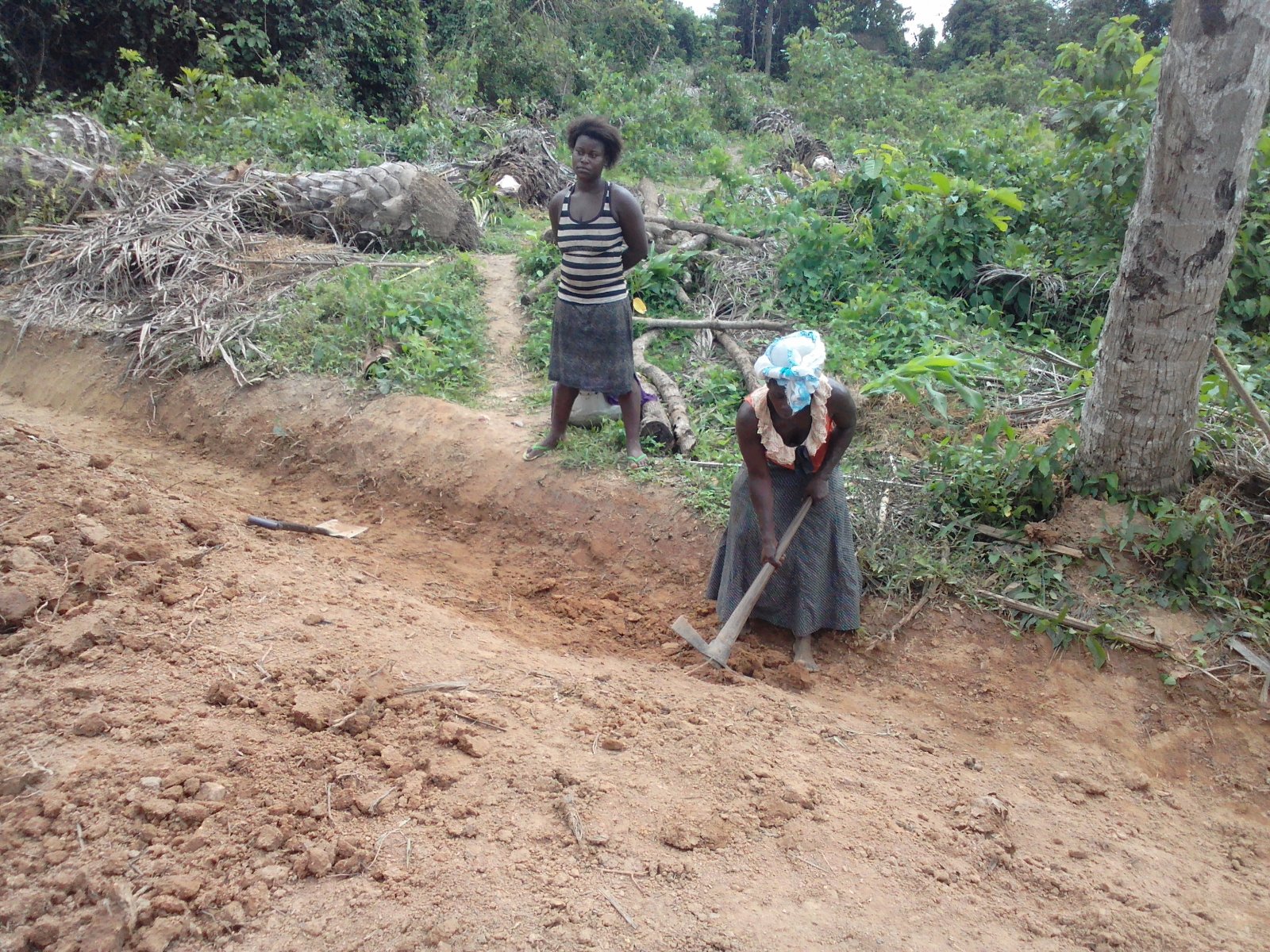DETERMINING GENDER PARITY INDEX OF ENGINEERING STUDENTS AT CAPE COAST TECHNICAL UNIVERSITY, GHANA
Apr 28, 2022
First story



The Gender Parity Index (GPI) is the ratio of boys to girls’ enrolment, with the balance of parity being one. Active implementation of activities to promote girls education has the potential of removing barriers to access of girls to education, increase the completion rate and improve their participation in the labour market (MDG, 2014).
According to Andam (2005), gender disparity remains a serious challenge in tertiary education because the number of women involved in science and technology education and decision-making positions in tertiary educational institutions is negligible compared with men, although women represent slightly more than half the population in Ghana. Nsaiah-Gyabaah (2011) believes that the low female enrolment and the under-representation of women in applied science and technology programmes in the tertiary educational institutions have serious effects on career aspirations of women and development of Ghana.
Aim Objectives
This research paper looks at the Gender Parity Index (GPI) is the ratio of males to females’ enrolment in the engineering disciplines over the last ten years at Cape Coast Technical University. The specific objectives of the study are:
determine the Gender Parity Index (GPI) is the ratio of female enrolment in engineering education over the last ten years at the School of Engineering.
To compare that of the Secretaryship and management students.
RESEARCH METHODOLOGY
The research is a quantitative in nature, census technique was used to consider the students population of engineering discipline at Cape Coast Technical University. Convince sampling technique was used to choose Cape Coast Technical University among the ten polytechnics in Ghana due to assess to available data that will be needed. Purposive sampling technique was used to select the respondents from the school of engineering. The research was conducted on a population of 2293 comprising 2002/2003 to 2012/ 2013 academic years were considered.
A visit to Cape Coast Stadium construction site and the Komenda Sugar Factory construction site to observe if there is gender equality in terms of recruiting professionals and were interviewed.
This study will make use of a number of literature sources, including reference to pertinent books, journals, reports, conference proceedings and Government publications.
Structured questionnaires were used. Textual Analysis method involving content analsis was adopted to verify the enrolment of students within the last ten years.
Descriptive statistics method was used to analyse the data. A measure of central tendency was applied to find the most typical value for the average Gender Parity Index. Hence data analysis involved calculations of means and construction of tables.
Enrolment ratios of young women are significantly lower than those of young men in the Building Technology discipline from academic years 2002/ 2003 to 2012/2013. The Gender Parity Index within the ten years of under study revealed that males recorded 0.98 representing 98% of total enrolment as compared to female with 0.02 representing 2 % . According to the officials at the department though the institution do not have a policy on gender but they would have love to admitted more females apparently the females from technical school or senior high school do not patronise the programme.
Enrolment ratios of females are significantly lower than those of males in the Civil Engineering discipline from academic years 2002/ 2003 to 2012/2013. The Gender Parity Index within the ten academic years revealed that males recorded 0.97 representing 97% of total enrolment of 411 as compared to female with 0.03 representing 3 % . The highest turnout of females occurred in 2006 recording 2 females. According to the officials at the department though the institution do not have a policy on gender but they would have love to admitted more females apparently the females from technical school or senior high school do not patronise the programme.
CONCLUSION
Gender inequality is pervasive in the study of engineering disciplines at the Polytechnic in Ghana within a ten year period 30 females were admitted with gender disparity index of 0.02 representing 2% while males had 2293 with gender disparity index of 0.98 representing 98%. Trends in gender disparity index (GPI) show important gains at secretaryship and management studies with females recording 0.68 as compared to males 0.32.
Gender disparity index (GPI) at primary and JHS has stagnated for at least 3 years while at Kindergarten, the index has been declining consistently with potentially adverse implications for GPI over the remaining period up to 2015;Low female enrolment at secondary and tertiary level poses a challenge to women participation in decision-making at higher levels and their access to wage employment and higher level occupations; Socio-cultural practices, norms and societal attitude that tend to discourage women from engaging in wage employment and some occupations such as commercial driving, welding, auto-mechanics etc;
(2) Some of the contractors perceived women’s reproduction role and responsibilities in the family as a constraint on productivity and an influential factor in deciding the employment of women in the construction industry.
(3) Some of the contractors interviewed the reason was that some of the females are afraid to work in some sections of the construction such as working on a higher story building. Some of them are unable to work for a long hours and at times cannot work on weekends because they claimed they need to take care of their family. The contractors interviewed also stated that some of the females are not willing to travel to a different location to work, because the area is a distant to their home stay hence makes it difficult to engage their services despite having the qualification.
References
Anamuah-Mensah, (2002). Meeting the Challenges of Education in the Twenty First Century. Executive Summary Report of the President’s Committee on Review of Education Reforms in Ghana.
Andam, A. (2005). Gender Perspectives of Scientific Research in Ghana; In Harnessing Research, Science and Technology for Sustainable Development in Ghana. NCTE, Accra, pp 227-241.
The Millennium Development Goals Report 2014.http://www.un.org/millenniumgoals/2014%20MDG%20report/MDG%202014%20Engli... (accessed April 10 20125)




